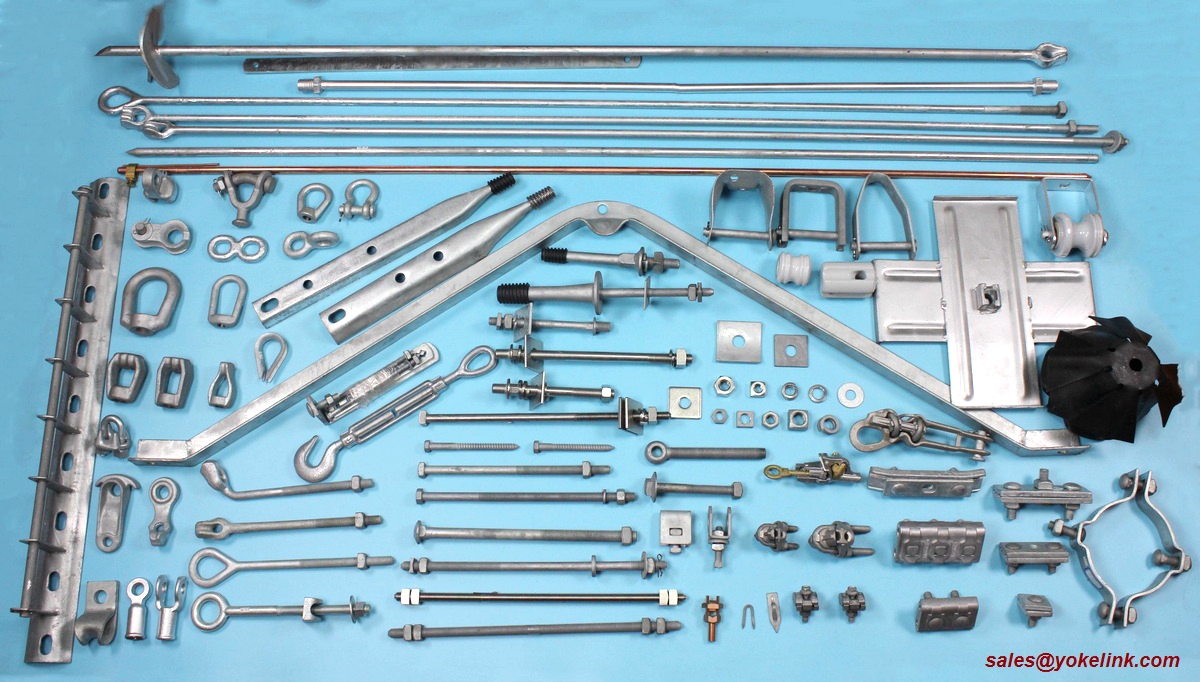How to Rebuild Fragile Parts of a Diesel Fuel Pump – Oil Valve Coupler
(1) Easily Worn Components of the Oil Valve Coupler
Among the parts of the oil valve coupler, several components are prone to wear. The oil fitting ports, including the sealing cone, pressure-reducing ring, and guide cylinder, are particularly vulnerable. Among these, the sealing cone surface and the vacuum ring are the most susceptible to wear. Additionally, the seat area is also an easy-to-wear part, specifically the sealing cone and the guide hole.
(2) Effects of Wear on the Oil Valve Coupler
When the sealing parts of the oil valve coupler become worn, the overall sealing performance decreases significantly. During operation, some diesel fuel from the high-pressure fuel line may flow into the plunger sleeve, causing a noticeable drop in high-pressure fuel pressure when fuel supply stops. When the fuel pump operates again, the diesel must be pressurized from low to high again, resulting in a delayed injection time and a reduced fuel delivery amount.
If the pressure-reducing ring is worn, the gap between it and the seat hole increases, leading to a decrease in the valve’s lift during the fuel supply process. This weakens the pressure reduction effect, and as a result, the remaining high-pressure diesel in the pipe increases after the fuel pump stops feeding. This can cause the engine to run unstably, lose power, and consume more fuel.
(3) Visual Inspection and Sealing Test Methods
For the visual inspection of the oil valve coupling parts, the following points should be checked:
â‘ The pressure-reducing ring should not show any obvious signs of wear.
â‘¡ The sealing cone of the oil valve should not have significant wear, metal scratches, or deep longitudinal grooves.
â‘¢ The conical surface of both the valve and the valve seat should not exhibit visible corrosion.
(4) Inspection and Repair Methods for the Oil Valve Coupler
â‘ Slip Test Method: Clean the oil valve coupling parts and place them vertically. Fill the oil pan up to half its full width, then rotate the valve freely. If the valve can smoothly slide down and rest on the seat by its own weight, it is considered qualified. If the valve gets stuck during the sliding process, it is deemed unqualified.
â‘¡ Repair Method: If the sealing performance of the valve is poor, it can be placed on a grinding machine. Apply a thin layer of abrasive paste to the sealing cone of the oil valve, hold the valve seat and valve together, and start the grinding machine. In the absence of a grinding machine, a manual grinding method can also be used to restore the sealing surface.
Line Construction Hardware
Poleline Construction Hardwares
Poleline construction hardware refers to the various components and equipment used in the construction and maintenance of power transmission and distribution lines. These hardware items are designed to support and secure the conductors, insulators, and other components of the poleline system. Some common examples of poleline construction hardware include:
Pole Line Fittings: These are various fittings and attachments that are used to connect conductors to the poles, insulators, and other components. Examples include pole brackets, crossarms, guy wire clamps, and pole bands.
Insulators: Insulators are used to support and isolate electric conductors from the pole or tower structure. They prevent the flow of electric current from the conductor to the ground. Insulators can be made of various materials such as glass, porcelain, or composite materials.
Anchoring and Guying Systems: These systems are used to provide stability and support to the poles or towers. They include guy wires, anchors, deadends, and turnbuckles.
Yokelink supply a full line of Poleline Hardware, we offer from the top of the pole to underground. Here are some of the pole line accessories that you are likely to use for your project

Yokelink Flat Crossarm Brace used to support wood cross arms carrying tangent loads. Round corners on the brace ends prevent damage and reduce the possibility of injury. Hot dip galvanized meet ASTM A153 specification.
Yokelink Alley Arm Brace used for side-arm construction, mounted to one side of the pole, mount at a 45 degree angle and come complete with solidly riveted lineman step. Hot dip galvanized meet ASTM A153 specification.
Yokelink Insulator Brackets are used to mount post type insulators from 15kv to 34.5kv on the side of the pole. Hot dip galvanized meet ASTM A153 specification.
Yokelink Cutout and Arrester Brackets are used for strength and mounting a variety of electrical equipment including arresters, cutouts, combination units and terminations. All components are Hot dip galvanized to meet ASTM A153 specification.

Transformer Bracket, Brace, Cutout, Alley, Cross Arm Brace, Pole Band,utility pole
Ningbo Yokelink Machinery Co.,Limited , https://www.yokelink.com


